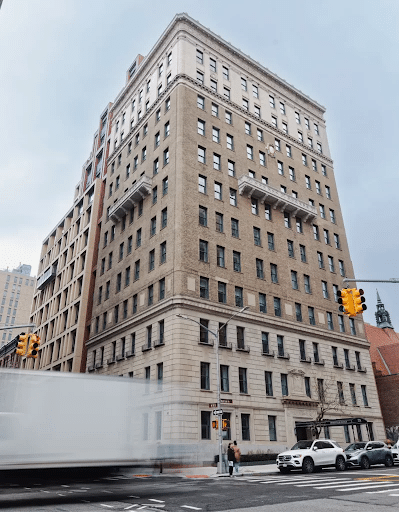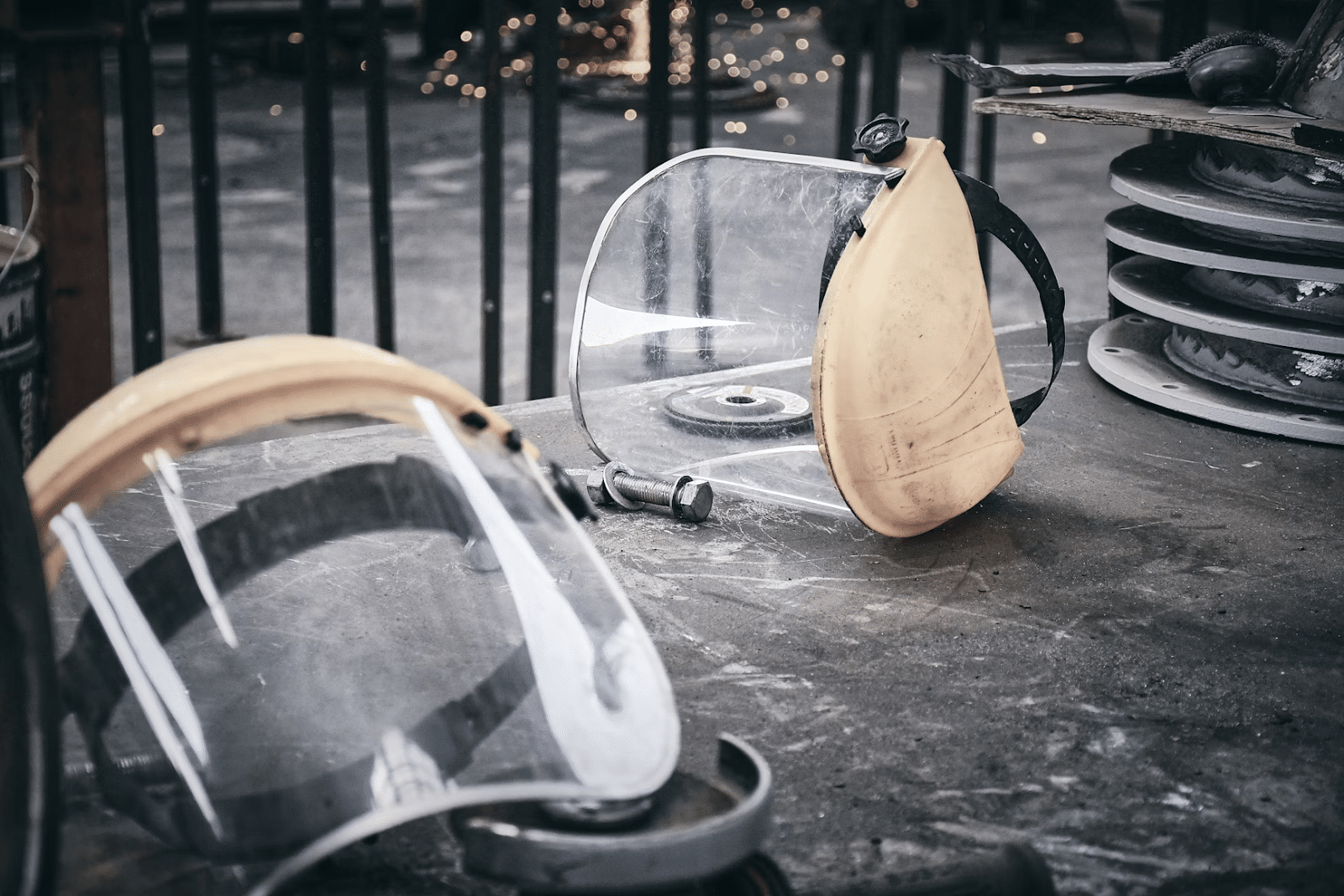Energy Efficiency Upgrades for Older Commercial Properties


Commercial properties, especially older ones, often become energy hogs due to outdated systems and building designs. Fortunately, there are plenty of ways to improve energy efficiency.
If budget constraints limit you, start with a comprehensive energy audit conducted by professionals such as Nova Construction.
In the meantime, we’ll discuss some key approaches to retrofitting commercial properties, guiding you through actionable steps to modernize and significantly reduce energy costs.
Why Should You Retrofit Lighting Systems in Older Buildings?
Lighting is a significant energy consumer in commercial properties. Older buildings usually have outdated lighting systems that aren’t efficient. Retrofitting lighting is one of the easiest and most impactful upgrades you can do.
LEDs Over Incandescents
Traditional incandescent bulbs use a lot of energy and generate unnecessary heat. LEDs, on the other hand, consume less power and last longer.
Swapping out old bulbs for LEDs can reduce electricity usage dramatically. Plus, they have lower maintenance costs because you won’t need to replace them as often.
Smart Lighting Systems
A step further is to install smart lighting systems. These include sensors to adjust light levels based on occupancy and natural light.
Imagine walking into an empty room with lights blazing. Smart systems prevent this by dimming or turning off lights when they’re not needed. Energy savings can be significant over time.
How Can HVAC Upgrades Transform Energy Usage?
Outdated heating, ventilation, and air conditioning (HVAC) systems in older buildings often consume excessive energy. Modernizing these systems can lead to immediate and substantial savings.
Upgrade to High-Efficiency Units
Modern HVAC units are designed to be more efficient than their older counterparts. Replacing an aged HVAC system with a high-efficiency unit might sound expensive upfront, but it pays for itself quicker than you’d think. Energy bills will reflect lower consumption almost immediately after installation.
Implementing Zoning Systems
Divide the building into zones with independent temperature controls. Zoning allows for different settings in different areas, ensuring that only occupied or critical spaces get heated or cooled as necessary.
After all, you wouldn’t want your office’s storage room the same temperature as the meeting room, would you?
Regular Maintenance
Periodic maintenance is essential to keep any system running efficiently.
- Clean or replace filters regularly
- Check ducts for leaks or blockages
A well-maintained system runs more efficiently, saving both energy and money.
What Role Do Windows and Insulation Play in Energy Efficiency?
People often overlook windows and insulation when considering energy efficiency upgrades. However, these elements are crucial.
Double-Glazed Windows
Older buildings might still have single-glazed windows. These lose heat rapidly in winter and let in too much heat in summer.
Double-glazed windows offer better thermal insulation, reducing the demand for your HVAC system year-round. They also provide better sound insulation—a nice bonus if you’re near a noisy street.
Advanced Insulation Materials
Inadequate insulation can make any effort to improve energy efficiency futile.
Walls, attics, and even floors should be insulated properly. Modern materials like spray foam provide excellent insulation compared to older methods like fiberglass batts.
Using superior insulation reduces heat loss in winter and decreases heat gain in summer.
Applying Solar Control Films
These specialized films can be adhered to the windows to reduce heat gain from sunlight without dimming natural light indoors. It’s like putting shades on your windows. They help keep interiors cooler and lessen the reliance on air conditioning during hot months.
The Bottom Line
Invest in energy efficiency upgrades, like updating lighting systems and HVAC units to improve your building. Furthermore, improve windows and insulation to greatly reduce energy use and costs in older commercial buildings.
These upgrades save money quickly and help create a more sustainable future.









